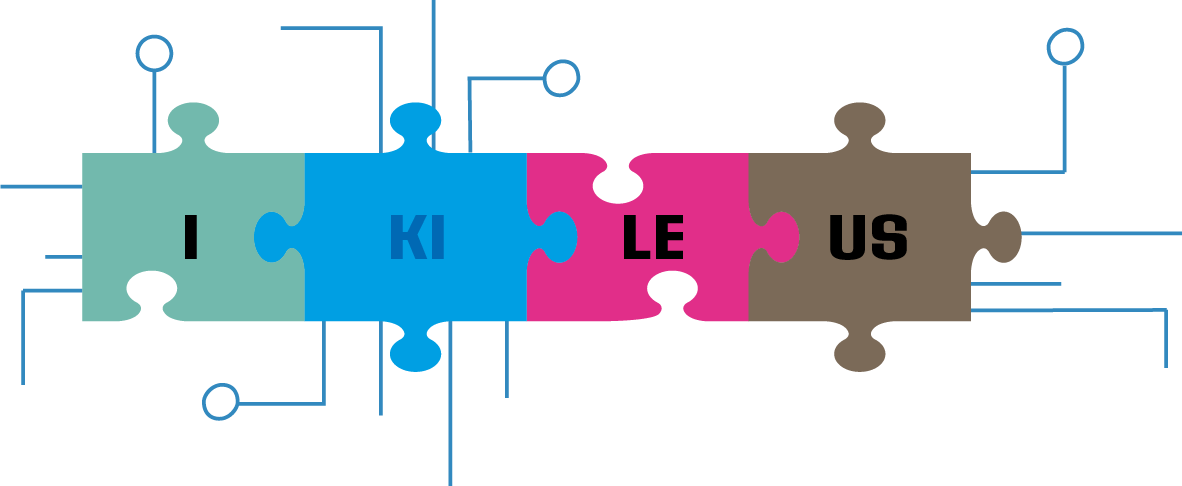Accessibility of Online Educational Platforms
Educational Platforms’ Accessibility
Korok, Sengupta
Analytic Computing, University of Stuttgart, korok.sengupta@ipvs.uni-stuttgart.de
Nadeen, Fathallah
Analytic Computing, University of Stuttgart, nadeen.fathallah@ipvs.uni-stuttgart.de
Steffen, Staab
Analytic Computing, University of Stuttgart, steffen.staab@ipvs.uni-stuttgart.de
Online educational platforms present educational content that aims to eliminate the challenges of location, transportation, and social conditions. However, the sudden worldwide shift in education from brick-and-mortar classrooms to digital platforms due to the pandemic created massive accessibility issues for both students and teachers. W3C guideline protocols accessibility of content leading to overall digital inclusivity. Accessible Interaction Materials (AIM) deliver guidelines for designing educational content that considers challenges arising from accessibility, like font, color, contrast, etc. Despite all these guidelines, educational platforms fail to deliver on accessibility issues. Initial studies suggest challenges of navigation, interaction with visual and dynamic elements, and even captioning of images as an issue for the visually challenged students on such platforms. The auditory challenged individuals suffer when classrooms are synchronous (live video format) which often doesn’t contain or come with poor transcriptions. Students suffering from motor control ailments fail to interact with the interface leading to frustration and rejection. Challenges associated with neurodiverse conditions like autism are also not addressed on such platforms. Investigation and solutions for accessibility issues often lead to a wider discussion about what can be done and what should not be done. Automatic reading of content and text summarization from that might help the visually impaired in getting information but the process might lead to violation of privacy protocols. It is thus extremely important to understand what guidelines and protocols need to be preserved in the entire process of improving the accessibility of such platforms. These challenges motivated us to investigate such platforms from not only accessible perspectives but also from the perspective of the tools that enable people from diverse accessible backgrounds to access educational content. The interaction space on an educational platform is immense and it provides us the platform to integrate and implement protocols through the addition of tools and guidelines. Our goal is to develop our collective knowledge related to accessibility in general by interacting in an interdisciplinary and international space of idea sharing and community building. The ideas discussed in this workshop will help us in investigating new directions for improving educational platforms.
